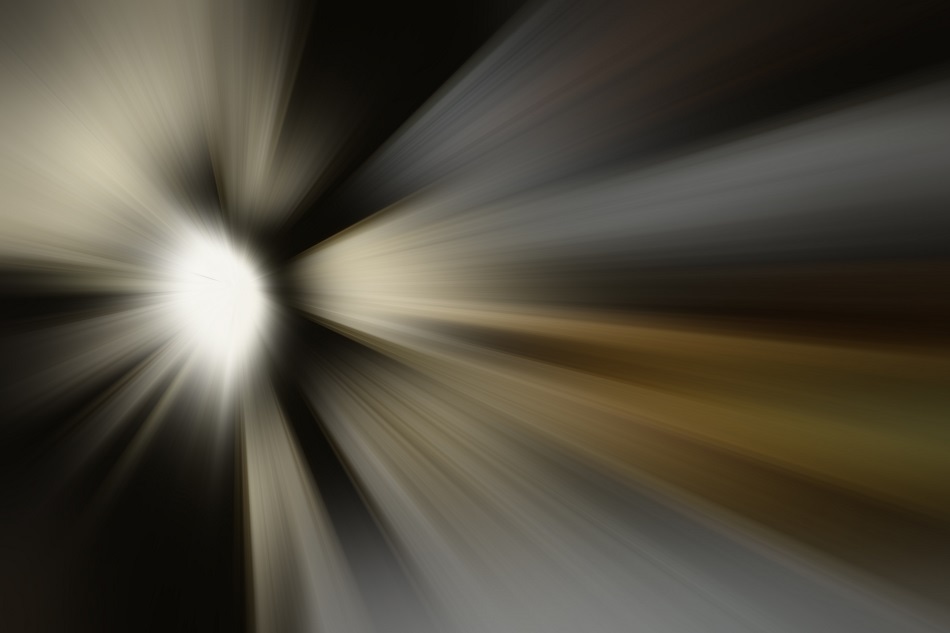Mar 30 2017
 ESB Basic/Shutterstock.com
ESB Basic/Shutterstock.com
A new mechanism that plays a vital role in creating paired light particles has been discovered by researchers. The discovery might have a remarkable influence on the research in the field of quantum physics.
A research team from the University of East Anglia (UEA) have demonstrated that while creating photons, the fundamental particles of light, in pairs, the photons can originate out of various locations, and not only one.
The innovative study could have notable inference with respect to quantum physics, which is the theoretical basis for modern physics. To date, researchers generally presumed that the photon pairs inevitably emerge from single points in space.
A physical phenomenon broadly used in laboratories in a number of procedures from quantum cryptography to quantum teleportation is quantum entanglement, that is, close linking of particles such that an impact on one particle has a direct impact on the other.
The UEA researchers analyzed a process known as spontaneous parametric down-conversion (SPDC), which involves passing photon beams through a crystal to create entangled pairs of photons.
When the emergent pairs equally share the energy of the input, this is known as degenerate down-conversion, or DDC. Until now, it has been assumed that such paired photons come from the same location. Now, the identification of a new delocalized mechanism shows that each photon pair can be emitted from spatially separated points, introducing a new positional uncertainty of a fundamental quantum origin.
Professor David Andrews, School of Chemistry, University of East Anglia
Such an entanglement of the quantum states in each of the pairs finds significant applications not only in the field of quantum computing - theoretical computation systems with the ability to solve big data problems at unbelievable speeds - but also other areas of quantum physics.
The outcomes also provide important inferences as they put limits for spatial resolution.
Everything has a certain quantum ‘fuzziness’ to it, and photons are not the hard little bullets of light that are popularly imagined.
Professor David Andrews, School of Chemistry, University of East Anglia
The research by Kayn A. Forbes, Jack S. Ford, and David L. Andrews titled ‘Nonlocalized generation of correlated photon pairs in degenerate down-conversion’ has been published in the Physical Review Letters journal.